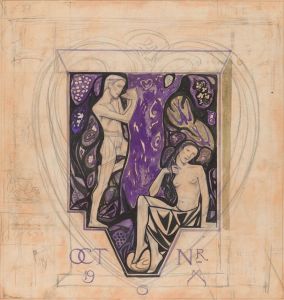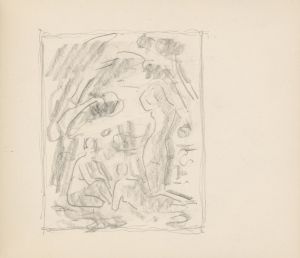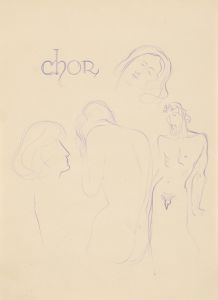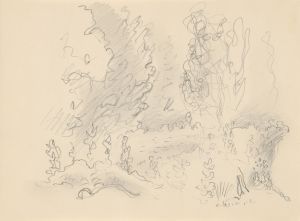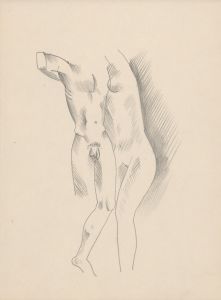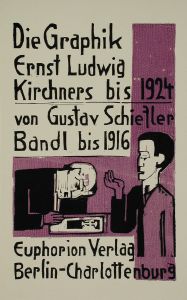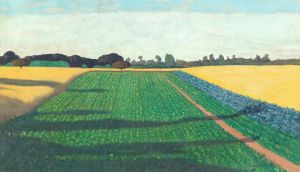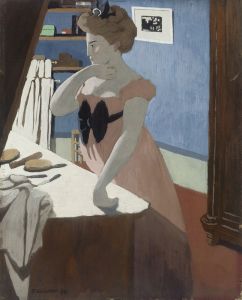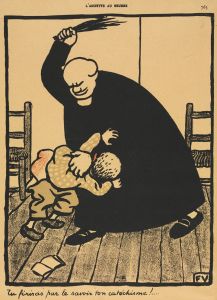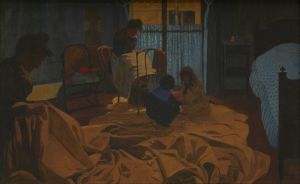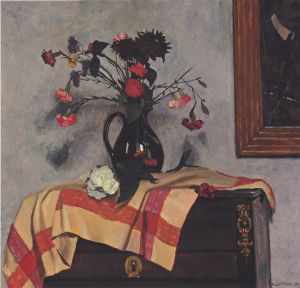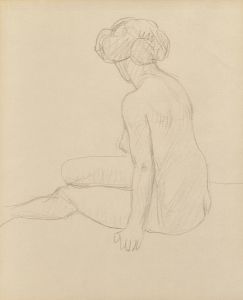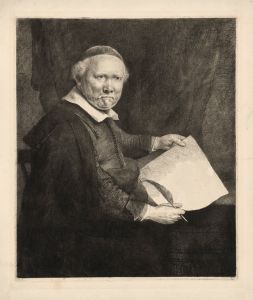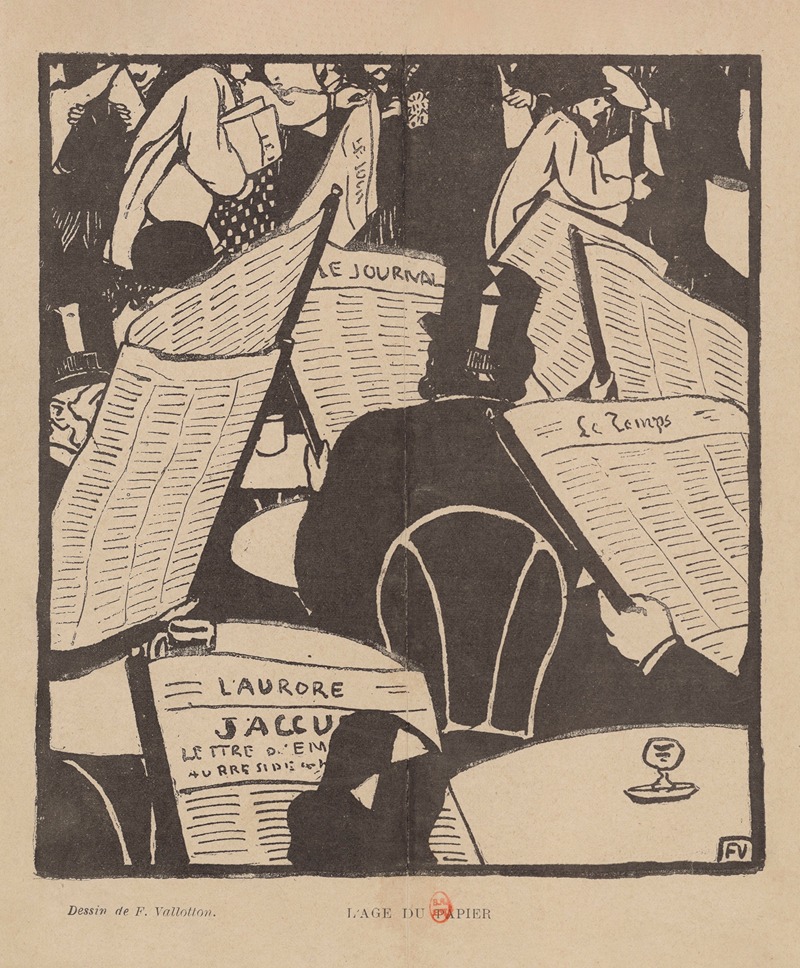
L’Age du Papier
A hand-painted replica of Félix Vallotton’s masterpiece L’Age du Papier, meticulously crafted by professional artists to capture the true essence of the original. Each piece is created with museum-quality canvas and rare mineral pigments, carefully painted by experienced artists with delicate brushstrokes and rich, layered colors to perfectly recreate the texture of the original artwork. Unlike machine-printed reproductions, this hand-painted version brings the painting to life, infused with the artist’s emotions and skill in every stroke. Whether for personal collection or home decoration, it instantly elevates the artistic atmosphere of any space.
Félix Vallotton's painting L’Age du Papier (translated as The Age of Paper) is a work created in 1901 by the Swiss-born artist, who was a prominent member of the Nabis group, an influential post-Impressionist movement in late 19th-century France. Vallotton is widely recognized for his sharp, satirical woodcuts, as well as his paintings that often explored themes of modern life, interpersonal relationships, and societal critique. L’Age du Papier is one such example of his engagement with contemporary issues, particularly the growing influence of mass media and printed materials at the turn of the 20th century.
The painting depicts a domestic interior scene where individuals are engrossed in reading newspapers, magazines, or other printed materials. The composition reflects Vallotton's interest in the social dynamics of the modern age, highlighting the pervasive role of print media in shaping daily life and communication during this period. The title, The Age of Paper, underscores the centrality of printed materials in the cultural and intellectual landscape of the time, as newspapers and periodicals became increasingly accessible to a broader audience due to advances in printing technology.
Vallotton's style in this work is characterized by his use of flattened forms, bold outlines, and a muted color palette, which are hallmarks of his mature artistic approach. These stylistic choices lend the painting a sense of detachment and irony, inviting viewers to reflect on the implications of the scene. The figures in the painting, absorbed in their reading, appear isolated from one another despite their physical proximity, suggesting a commentary on the potential for modern media to both connect and alienate individuals.
As with many of Vallotton's works, L’Age du Papier demonstrates his keen observational skills and his ability to distill complex social phenomena into visually compelling compositions. The painting is also notable for its subtle critique of modernity, a recurring theme in Vallotton's oeuvre. By focusing on the act of reading and the ubiquitous presence of printed materials, Vallotton captures a moment of cultural transition, where traditional forms of interaction were increasingly mediated by the written word.
L’Age du Papier is housed in the collection of the Musée d'Orsay in Paris, which holds a significant number of Vallotton's works. The museum's collection provides valuable insight into the artist's contributions to the art world and his exploration of themes that remain relevant in discussions of media, communication, and society.





